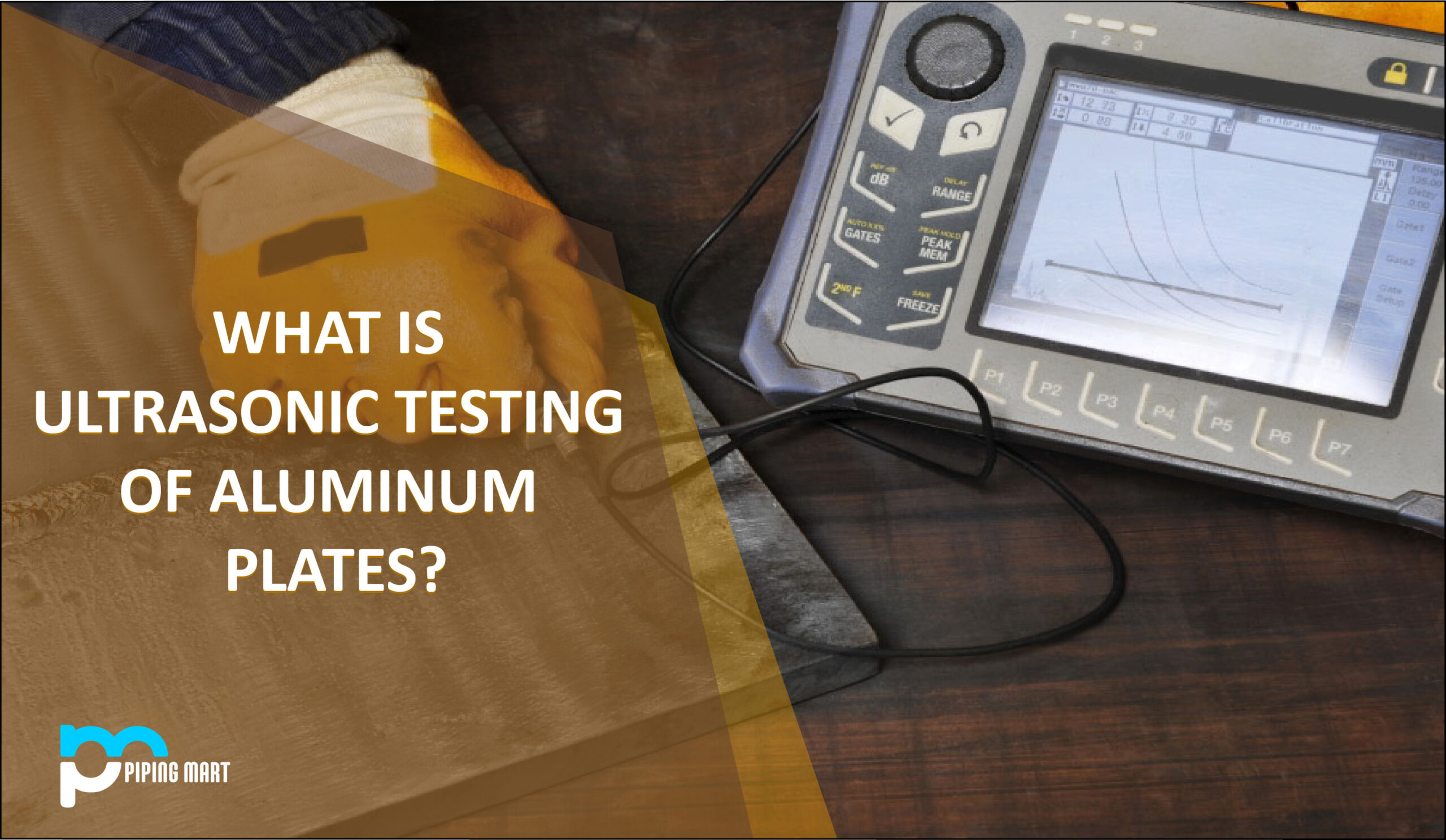One of the most significant ways to ensure that aluminium plates and other materials meet particular standards of material integrity is through ultrasonic testing (also known as USI, ultrasonic inspection). It brings to light defects and imperfections that might have gone unnoticed otherwise.
What Is Ultrasonic Testing?
Ultrasonic inspection is non-destructive testing that penetrates the test object using high-frequency sound energy. The frequency of sound waves ranges typically from 0.1 MHz to 50 MHz.
Determining the dimensions of the material being tested is an example of how the technology is applied in an industrial setting. For instance, this information may be crucial in monitoring pipeline corrosion.
Aluminium, stainless steel, and other metals are widely used in ultrasonic testing. USI may apply to forgings, castings, wrought and cast plates, extrusions, and bar stock. It occasionally combines with other materials, such as composites, concrete, wood, and plastic. It should be noted that under ultrasonic testing, these other materials have poor resolution.
An average UT inspection system comprises a transducer, a pulse/receiver, and display devices. The material being tested will come into intimate contact with the transducer. For most ultrasonic testing methods, the transducer must be submerged in water or coupled to the material using a couplant. High-voltage electrical energy from the pulse is converted into high-frequency ultrasonic energy via the transducer and sent into the target substance.
The ultrasonic waveform can be obtained in two ways. The transducer sends and receives pulsed waves in the first type, called reflection. The idea behind reflected ultrasound is that any flaws in the material will reflect the wave to the instrument. When using attenuation ultrasound, the ultrasound is transmitted from a transmitter through one side of the material to a different receiver. Less sound will be conveyed when there are imperfections.
By acting as a reliable conductor between the transducer and the test piece, the couplant or immersion in water is two methods that support the process’ precision.
How Is Ultrasonic Testing Used With Aluminum Plates?
There have typically been two ways to test aluminium plates ultrasonically. As was already noted, contact ultrasound is first, where the testing signal is made more effective by couplant usage.
It operates under the premise that sound waves pass through a substance in a specific direction. The sound waves change when they come into contact with a crack, void, or inclusion in the plate; this change is represented in the amplitude of the wave-reading device in the testing machine. The position, size, and direction of various flaws can be identified since the travel duration of the ultrasonic signal are precisely proportional to the distance the signal has travelled through the material.
As was already said, the idea behind contact ultrasonic testing is that the couplant aids in improving contact between the signal transmitter and the test material, increasing efficiency. The couplant material often functions as a seal between the two in the form of an oil or gel.
The latest models of immersion ultrasound systems are precise equipment with many automated features for greater accuracy. They consist of huge tanks where the test subject is submerged. The couplant in contact ultrasonic testing serves a similar purpose as the liquid environment.
What Are The Most Common Specifications For Ultrasonic Testing?
Ultrasonic testing has developed since its inception in the 1940s to cover a variety of approaches and to guarantee quality across a wide range of alternatives; multiple competing standards have emerged. Some of the most well-known specifications that specify standardized techniques for the ultrasonic testing of wrought metals and alloys include AMS STD 2154 and ASTM B294.
Many manufacturers in the aerospace sector have their own USI processes tailored to the airframes they build.
Many use-case scenarios for non-destructive ultrasonic testing are covered by several specifications provided by the International Organization for Standardization (ISO). For instance, ISO 10863, which focuses on using the time-of-flight diffraction technique, was developed to standardize the non-destructive testing of welds using ultrasonic testing. The definitions for the terms used in ultrasonic testing are provided in ISO 5577.
What Industries Are Likely To Rely Upon Ultrasonic Testing?
Materials testing is necessary whenever performance and structural integrity are essential requirements. Aerospace, defence, automotive, construction, metallurgy, manufacturing, high-speed rail, and other industries frequently use ultrasonic testing.

Pipingmart is B2B portal specializes in industrial, metal and piping products. Also, share latest information and news related to products, materials and different types grades to help business dealing in this industry.




